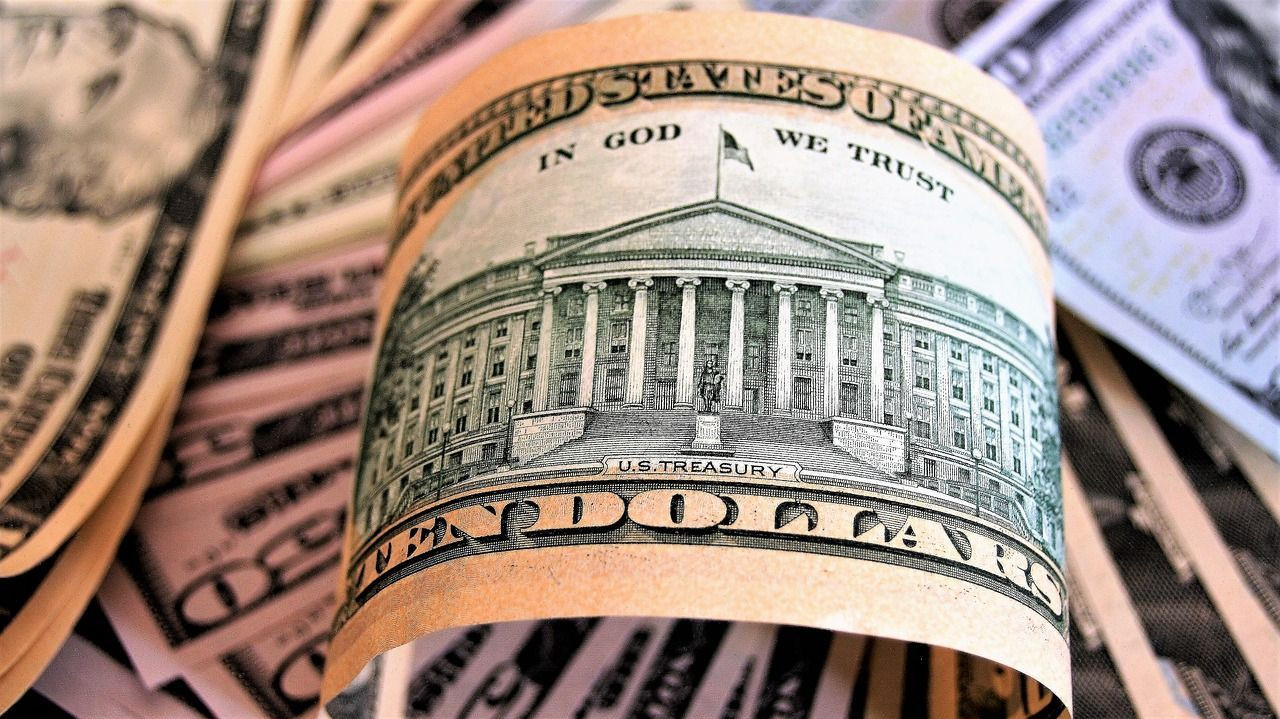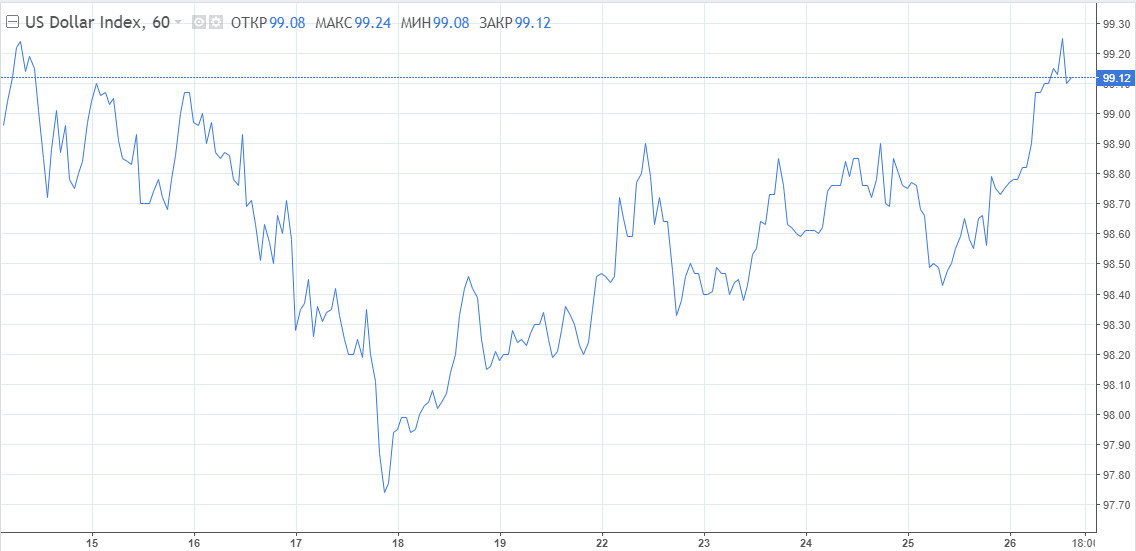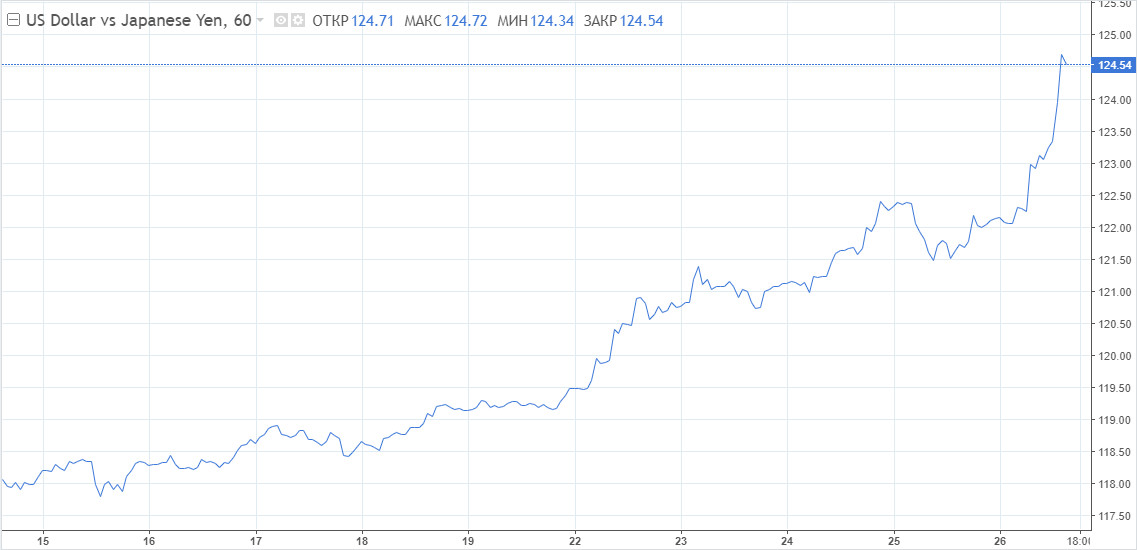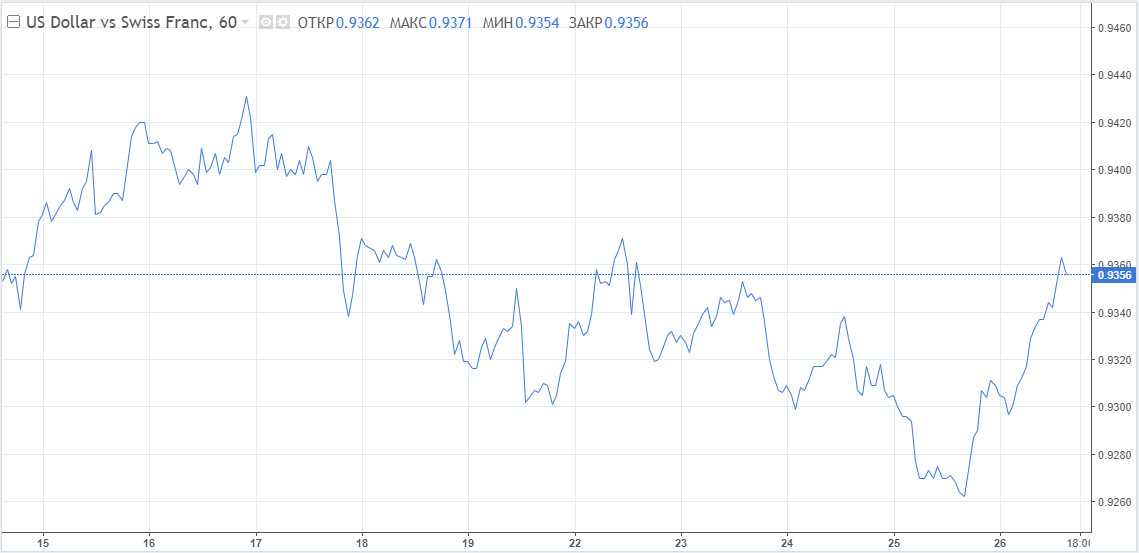
The US dollar is gaining strength at the beginning of the week, as traders continue to actively speculate on the topic of multiple Fed rate hikes of 0.5%. Thus, in the next trading sessions, the USD index is about to test 100.00, which is so often mentioned in the forecasts lately.

"The 5Y-30Y portion of the US yield curve has inverted for the first time since 2006 on the back of sharply rising front-end yields, a dynamic that should offer more support to the dollar," analysts said.
The pressure on European currencies is likely to intensify. One of the main victims here is also the Japanese yen.
The USD/JPY pair is rising very fast, outpacing forecasts. The rise of quotations continues despite the pair being overbought. A test of 125.00 may occur earlier than initially expected. Moreover, growth estimates for the pair have been adjusted in favor of the US currency, i.e. after the test of 125.00, the pair may move towards 130.00.
"A move by 125 in USD/JPY is a matter of 'when' rather than 'if' given the bond market weakness on the back of rising Fed tightening expectations and rising energy prices, which are negative for the export-dependent Japanese economy," ING experts noted.
The USD/JPY pair hit another multi-year high today, breaking above 124.00.
Japan is not undertaking any measures to stabilize the exchange rate; a weak national currency is good for the economy. Nevertheless, the authorities, judging by recent statements, are monitoring the developments. On Monday, Chief Cabinet Secretary Hirokazu Matsuno said that the government was keeping a close eye on the impact of the weak yen on the Japanese economy. However, rhetoric and macro indicators have little impact on the Japanese yen and today is no exception.
"BoJ Governor Kuroda still views yen weakness as a positive for Japan's economy although he did also note that FX stability is preferable, perhaps an early indication that the recent fast pace of the yen weakness could garner greater concern if it continues in the coming weeks/month," MUFG Bank reported.
The bank expects the sharp widening of yield spreads between the US and Japan to keep lifting USD/JPY closer to the high from June 2015 at 125.86 in the short term.

Given the historical correlation between USD/JPY and USD/CHF, the Swiss franc shows more resilience. The strong rebound in stocks over the past two weeks, rising bond yields, including 10-year Treasuries, could have triggered a sharper jump in USD/CHF, but it did not, perhaps because demand for the franc as a safe-haven asset remains greater. The Swiss National Bank does not appreciate such an outcome.
Last week, the Swiss central bank confirmed its plans to maintain a soft policy against the backdrop of a strong franc. In addition, it said it was ready to intervene in the foreign exchange market to curb the growing pressure on the currency. However, the rhetoric of the regulator's members has somewhat tired out market players that, apparently, are trying the patience of the Central Bank, pushing the franc up.
Nevertheless, the possibility of a stronger bounce of the USD/CHF pair still exists. Today's bounce was quite powerful. Analysts report about the growth of the pair taking into account the fundamental picture. The pair also retains positive long-term technical prospects.
Traders certainly want to see confirmation of an uptrend. They will most likely want to look for a short-term reversal and bullish signal before opening a long position. The first positive signal will be the USD/CHF rising above last week's low of 0.9313, which occurred today.

Why is it about this level? Last week, there was a Shooting Star candlestick on the weekly chart of the USD/CHF pair. If the price moves above the lower wick of that candle, it would indicate the weakness of bearish momentum.
A stronger signal for a further rise will be the fixation of the USD/CHF rate above the recent high around 0.9375.
 English
English 
 Русский
Русский Bahasa Indonesia
Bahasa Indonesia Bahasa Malay
Bahasa Malay ไทย
ไทย Español
Español Deutsch
Deutsch Български
Български Français
Français Tiếng Việt
Tiếng Việt 中文
中文 বাংলা
বাংলা हिन्दी
हिन्दी Čeština
Čeština Українська
Українська Română
Română

